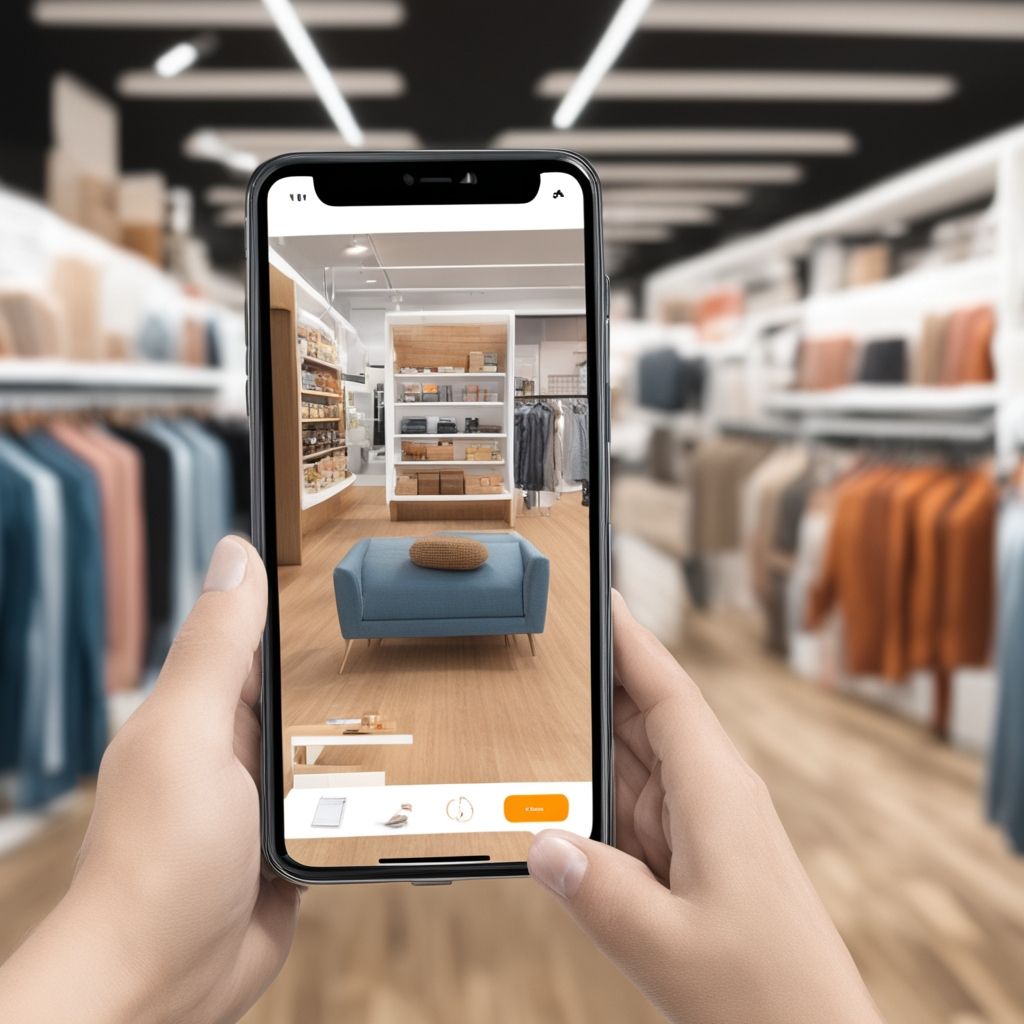BltLW News Hub
Your source for the latest insights and updates.
Augmented Reality: Your New Best Friend or Just Another Fad?
Discover if augmented reality is your ultimate companion or just a fleeting trend. Dive into the debate that everyone is talking about!
How Augmented Reality is Transforming Everyday Life
Augmented Reality (AR) is rapidly reshaping our daily experiences by seamlessly integrating digital information with the physical world. From navigation to retail, AR applications are becoming crucial for enhancing how we interact with our surroundings. For instance, apps like Google Maps now utilize AR to provide users with intuitive walking directions, overlaying directional arrows and information on their real-time camera view. This innovative approach not only makes navigation easier but also enriches our understanding of the environments we traverse.
In the realm of shopping, Augmented Reality provides consumers with heightened interactivity and personalization. Brands like IKEA have adopted AR technology, allowing customers to visualize furniture in their own homes before making a purchase. By simply pointing their smartphones at a designated spot, shoppers can see how a piece of furniture would look and fit within their space, thereby reducing the uncertainty often associated with online shopping. This transformative capability not only enhances customer satisfaction but also boosts sales conversions significantly.

Is Augmented Reality Here to Stay? Debunking Common Myths
As businesses and consumers continue to explore the potential of Augmented Reality (AR), a common question arises: is AR here to stay? Many people harbor myths surrounding this transformative technology, often underestimating its longevity and applications. Contrary to the belief that AR is merely a passing trend or a gimmick for gaming, its integration into various industries—from healthcare to real estate—demonstrates its value and staying power. For instance, the use of AR in surgical procedures has shown to improve precision and outcomes, while real estate agents utilize AR to give virtual tours of properties, allowing potential buyers to visualize spaces without physical visits.
Another prevalent myth is that Augmented Reality is too complex and expensive for widespread adoption. In reality, advancements in technology have made AR tools increasingly accessible and affordable. With the rise of mobile devices equipped with AR capabilities and user-friendly software platforms, businesses of all sizes can leverage this technology for effective marketing, training, and customer engagement. As more companies recognize the benefits of AR, it is clear that this innovative technology is not just a fleeting moment in time but a critical component of the future digital landscape.
10 Exciting Applications of Augmented Reality You Didn't Know About
Augmented Reality (AR) has transformed our interaction with the digital world, and many applications of this technology are still under the radar. Here are 10 exciting applications of augmented reality that you probably didn't know about:
- Interior Design: AR apps allow users to visualize furniture and decor in their homes before making a purchase. Home design apps like IKEA Place enable customers to see how a couch or table looks in their space, making decision-making easier and more interactive.
- Healthcare: In the medical field, AR is revolutionizing surgical procedures and medical training. Surgeons can overlay digital images onto their field of view during operations, helping them to better understand complex anatomy.
Education is another area where AR shines, bringing subjects to life in an immersive way. Rather than just reading about constellations, students can explore them in 3D, engaging with their environment and enhancing retention. Gaming is also taking a new turn; innovative games like Pokémon GO have already shown the potential of integrating virtual elements into our real world.
- Retail: Stores are utilizing AR for virtual try-ons, allowing customers to see how clothing or makeup looks without actually wearing them.
- Travel: AR can enhance travel experiences by providing interactive historical insights or navigational guidance through mobile devices, turning the world into a living guidebook.